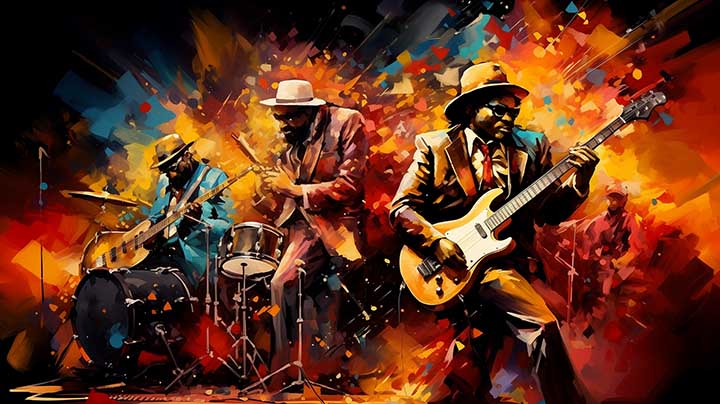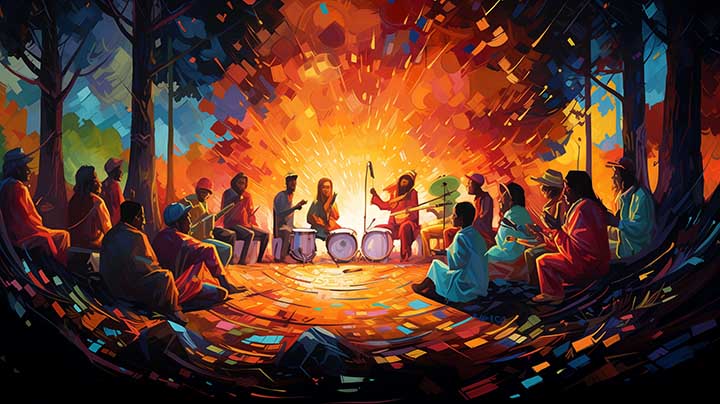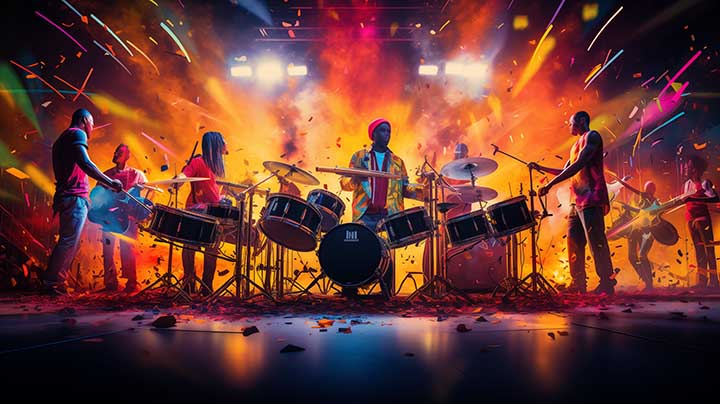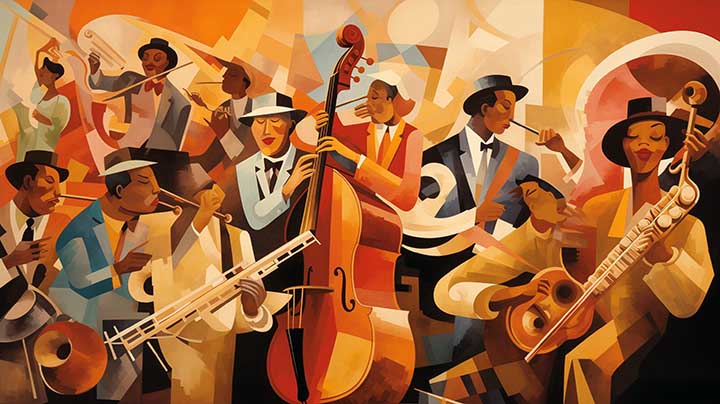Blending Genres and Pushing Musical Boundaries
Introduction
Rock fusion is a genre that emerged in the late 1960s and early 1970s, combining elements of rock music with various other genres, such as jazz, funk, blues, and world music. It is characterized by its complex compositions, virtuosic performances, and a willingness to experiment with different musical styles and techniques.
Origins of Rock Fusion
Rock fusion emerged during a time of musical experimentation and cultural revolution. Influenced by the psychedelic rock movement of the 1960s and the improvisational nature of jazz, artists began to incorporate elements of jazz harmony, complex rhythms, and extended improvisation into their rock compositions. Bands like The Mahavishnu Orchestra, Weather Report, and Return to Forever were at the forefront of this fusion movement, blending the power and energy of rock with the sophistication and technicality of jazz.
Jazz-Rock Fusion
Jazz-rock fusion, also known as jazz fusion, is a sub-genre of rock fusion that emphasizes the improvisational nature of jazz within a rock framework. Artists like Miles Davis, Herbie Hancock, and Chick Corea experimented with incorporating elements of rock, funk, and electronic music into their jazz compositions. The fusion of these genres resulted in a new sound that appealed to both jazz and rock audiences. Albums like Miles Davis’ “Bitches Brew” and Weather Report’s “Heavy Weather” became iconic examples of jazz-rock fusion.
Progressive Rock Fusion
Progressive rock fusion, often referred to as prog fusion, is a sub-genre that combines the complex and intricate compositions of progressive rock with the improvisational elements of jazz fusion. Bands like King Crimson, Yes, and Emerson, Lake & Palmer pushed the boundaries of rock music, incorporating elements of classical music, avant-garde, and world music into their compositions. The use of odd time signatures, extended instrumental solos, and concept albums became defining features of prog fusion.
Funk and Soul Fusion
Funk and soul fusion brought together the rhythmic grooves and soulful vocals of funk and soul music with the energy and power of rock. Artists like Sly and the Family Stone, Parliament-Funkadelic, and Tower of Power blended elements of funk, R&B, and rock to create a unique sound that was both danceable and musically complex. The use of horn sections, syncopated rhythms, and infectious grooves became trademarks of funk and soul fusion.
Contemporary Rock Fusion
Rock fusion continues to evolve and thrive in contemporary music. Artists like Snarky Puppy, Hiromi Uehara, and Tigran Hamasyan are pushing the boundaries of the genre, incorporating elements of electronic music, world music, and experimental sounds into their compositions. The use of advanced technology, such as synthesizers, samplers, and digital effects, has allowed for new sonic possibilities and expanded the creative potential of rock fusion.
Conclusion
Rock fusion is a genre that has pushed the boundaries of traditional rock music, blending it with elements of jazz, funk, soul, and other genres. From its origins in the 1960s and 1970s to its contemporary evolution, rock fusion has showcased the virtuosity and creativity of musicians who are unafraid to experiment and explore new musical territories. The genre has had a significant impact on the music industry, influencing artists across various genres and inspiring new generations of musicians to push the boundaries of their own creativity. Rock fusion continues to be a vibrant and exciting genre that showcases the power of musical fusion and innovation.





